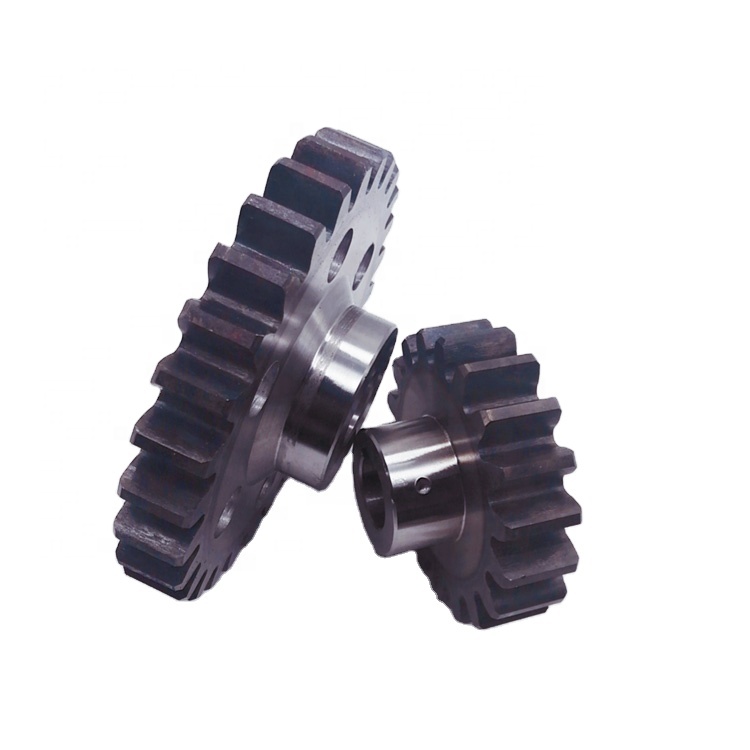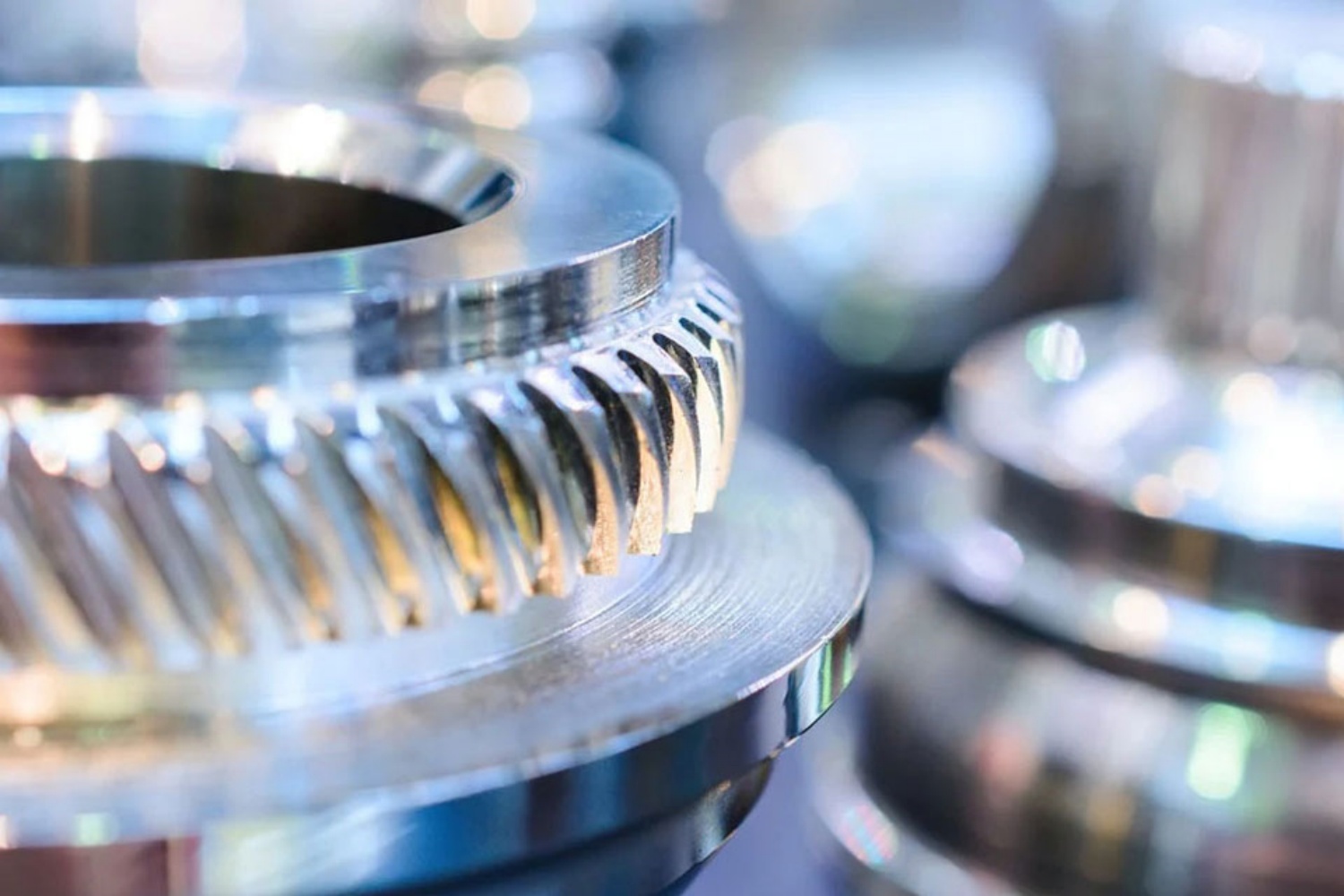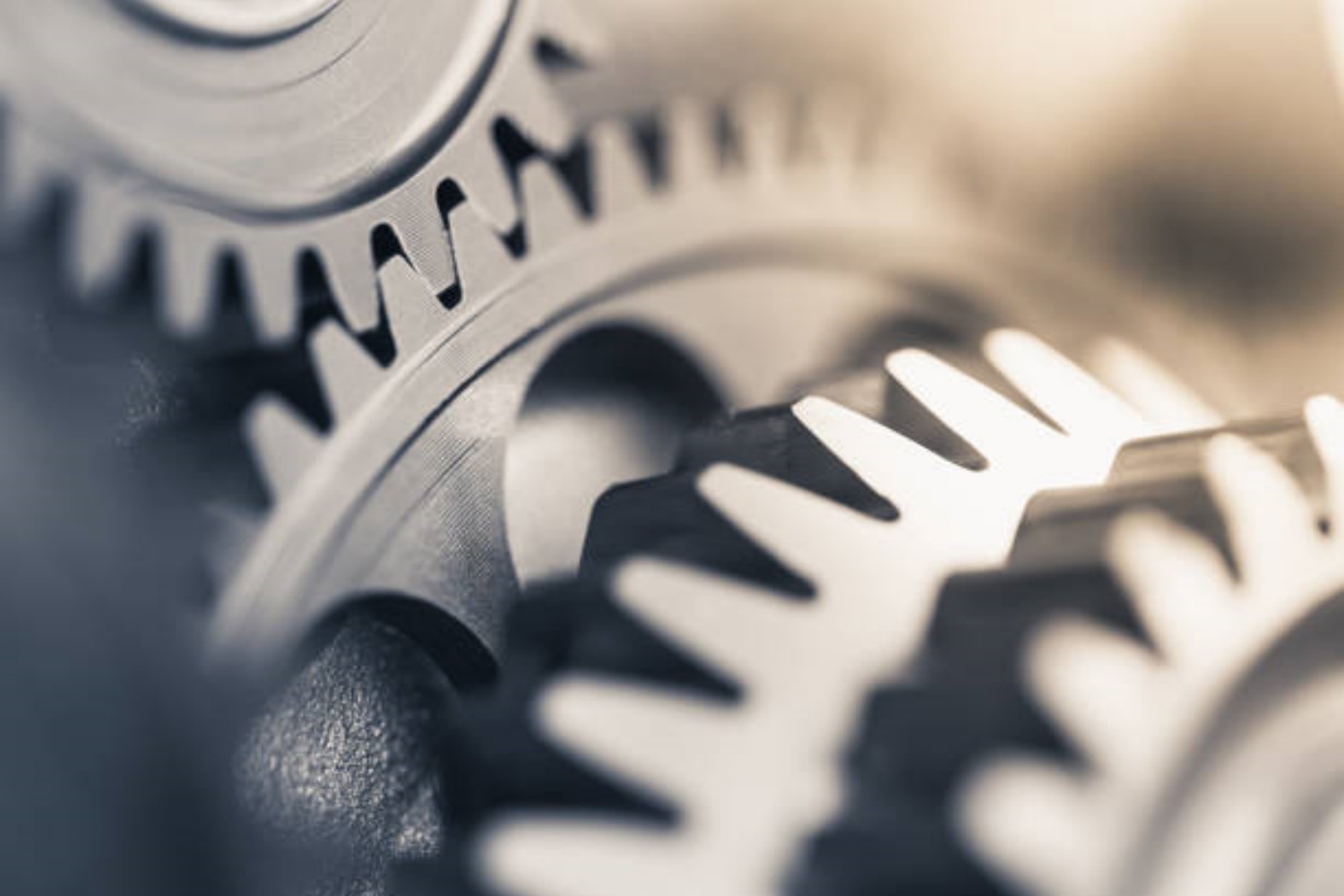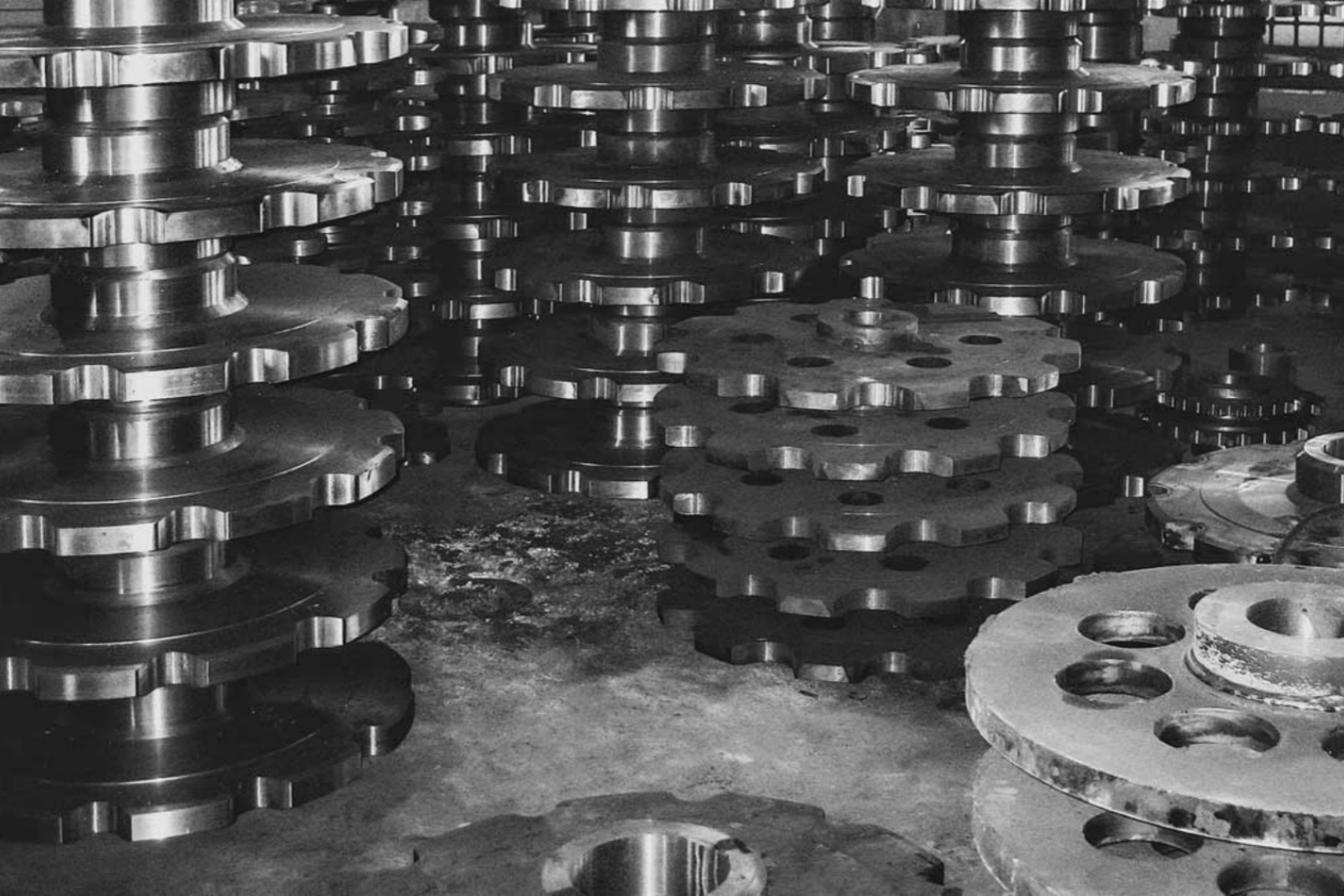The materials for gears are requested with high strength, toughness and wear resistance because gears rely on their own structural size and material strength to withstand external loads. What’s more, the good material manufacturability is also required because of the complex shape of the gear and the high precision requirement of the gear. Commonly used materials are forged steel, cast steel and cast iron.
- Forged Steel
Two categories based on the tooth surface hardness
When HB <350, it is called soft tooth surface When HB > 350, it is called hard tooth surface
1. Tooth surface hardness HB< 350
Process: forging blank → normalizing — rough turning → quenching and tempering, finishing
Common materials: 45#, 35SiMn, 40Cr, 40CrNi, 40MnB
Features:
It has good comprehensive performance, the tooth surface has high strength and hardness, and the tooth core has good toughness. The cutting precision can reach grade 8 after heat treatment. It is simple, economical, with high productivity and low precision requirements.
2. Tooth surface hardness HB >350
When using medium carbon steel:
Technological process: forging blank → normalizing → rough cutting → quenching and tempering → fine cutting → high and medium frequency quenching → low temperature tempering → tooth honing or abrasive running-in, EDM running-in.
Common materials: 45, 40Cr, 40CrNi
Features: The tooth surface has high hardness HRC=48-55, high contact strength and good wear resistance. The tooth core maintains the toughness after quenching and tempering, with good impact resistance and high bearing capacity. Accuracy is reduced by half and up to level 7 accuracy. It is suitable for mass production, such as: medium-speed and medium-load transmission gears for automobiles, machine tools, etc.
When using mild steel:
Forging blank → normalization → rough cutting → quenching and tempering → fine cutting → carburizing and quenching → low temperature tempering → tooth grinding.
Up to level 6 and 7.
Common materials: 20Cr, 20CrMnTi, 20MnB, 20CrMnTo
Features: Tooth surface hardness, strong bearing capacity. The core has good toughness and impact resistance, and is suitable for high-speed, heavy-duty, overloaded transmission or occasions with compact structure requirements, locomotive main transmission gear and aviation gear.
- Cast steel
The cast steel material ZG45.ZG55 can be used and normalized, as well as tempered, when the gear diameter d>400mm, with a complex structure and difficulty to forge.
- Cast iron
It has strong anti-glue and anti-pitting ability, but with poor impact and wear resistance. It is suitable for stable work, with low power and low speed, or with the large size and the complex shape. Also, it can work under the condition of lack of oil, so it is suitable for open transmission.
- Non-metallic material
Cloth, wood, plastic and nylon are suitable for high speed and light load. When selecting materials, considerations should be given to: different working conditions of gears and different damage forms of gear teeth are the basis for determining the calculation criteria of gear strength and selecting materials and heat locations.
1. The low carbon steel carburizing and quenching can be selected as the material with better toughness when the gear teeth are easily broken under impact load.
2. The surface quenching of medium carbon steel can be selected as the material with better tooth surface hardness for high-speed closed transmission with the easily pitting tooth surface.
3. Materials with good comprehensive mechanical properties such as mechanical strength and tooth surface hardness should be selected when all the following points might occur: low speed and medium load, broken gear teeth, pitting corrosion and wear out. And medium carbon steel quenched and tempered fine cutting is one option.
4. It is better to strive to have a small variety of materials which is easy to manage, and resources and supply situation should be considered.
5. Alloy steel should be used when the structure size is required to be compact and the wear resistance is high.
6. Equipment and technical conditions of the manufactures.
CONTINUE READING
Related Posts
In mechanical drives, gears are essential for transmitting motion, power, and torque across various applications. Two of the most commonly […]
In the world of industrial machinery, efficiency, precision, and reliability are essential. A key component in achieving these goals is […]
In the world of industrial engineering, precision and innovation are essential to staying competitive and meeting the ever-growing demands of […]





